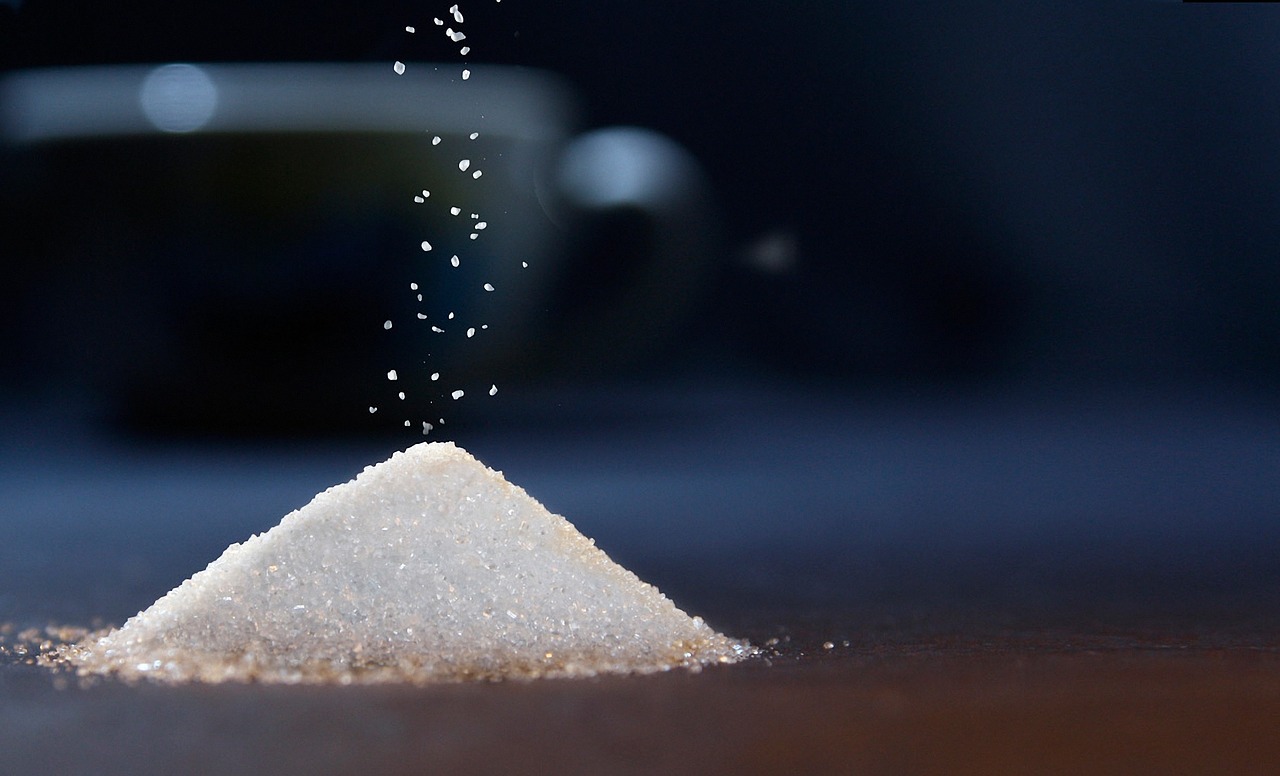History with a Touch of Sugar and Side of Science
-
-
slice.mit.edu
Filed Under
Recommended

The history of sugar in the American diet isn’t so sweet, according to a recent article published in JAMA Internal Medicine. The article revealed that in the 1960s, Harvard scientists were paid by sugar industry executives to publish a study that absolved the ingredient of its link to common health issues and instead, erroneously, pointed the finger at fat and cholesterol. The news of a big sugar power play came as no surprise to David Singerman PhD ’14, science historian, alumnus of MIT’s History, Anthropology and Science, Technology & Society (HASTS) program, and expert in all things sugar. “Labor, corruption, science, and politics—all these topics circulate around sugar,” he says.
Singerman became interested in the sweet stuff while interning at the National Institute of Standards and Technology. While going through archived annual reports, he noticed that one page was always dedicated to the measurement of sugar. “I wondered ‘What’s the big deal?’” he says. He soon found out that sugar accounted for a huge amount of tariff revenue coming into the United States in the late 1800s and early 1900s. This revenue stream got the government and its people hooked on the sweetener.
Singerman’s dissertation, Inventing Purity in the Atlantic Sugar World, 1860-1930, focuses on big sugar’s history and his recently published Op-Ed in the New York Times, responds to news of the Harvard study. “…ending Big Sugar’s hold on the American diet will require a broader understanding of the various ways in which the industry, for 150 years, has shaped government policy in order to fuel our sugar addiction,” says Singerman.
However, Singerman has research interests outside of sugar. The current visiting scholar at the University of Virginia, shares that some of the most interesting stories in science history are those of the scientists themselves. “Before the 19th century when science became professionalized, you had to be a little bit unusual to do it,” he says. “People like Isaac Newton were terrifically weird.” One of his favorite unusual scientists is Tycho Brahe. “He was given an island by the Danish and built and observatory there. He had a prosthetic nose because he lost it in a fight. He had a pet elk who died after falling down the stairs when it was drunk. He was colorful,” he laughs.
Singerman’s MIT story is also colorful. As a child, he knew he wanted to study at MIT to become a physicist. He was sold on the idea when a friend returned home from his first year at the Institute and informed him that many of his classmates brought their Legos with them to college.
Though Singerman did not come to MIT to study physics, he did get a full MIT experience, saying that MIT’s graduate programs offer an education in many subject areas at once. “At Harvard you might just study chemistry, but at MIT you would study mechanical engineering with a focus on biology, for example. There’s this cross over,” he says. “My advisers and classmates were not typical historians that I would’ve met in another program. It’s really an MIT approach to humanities.”







